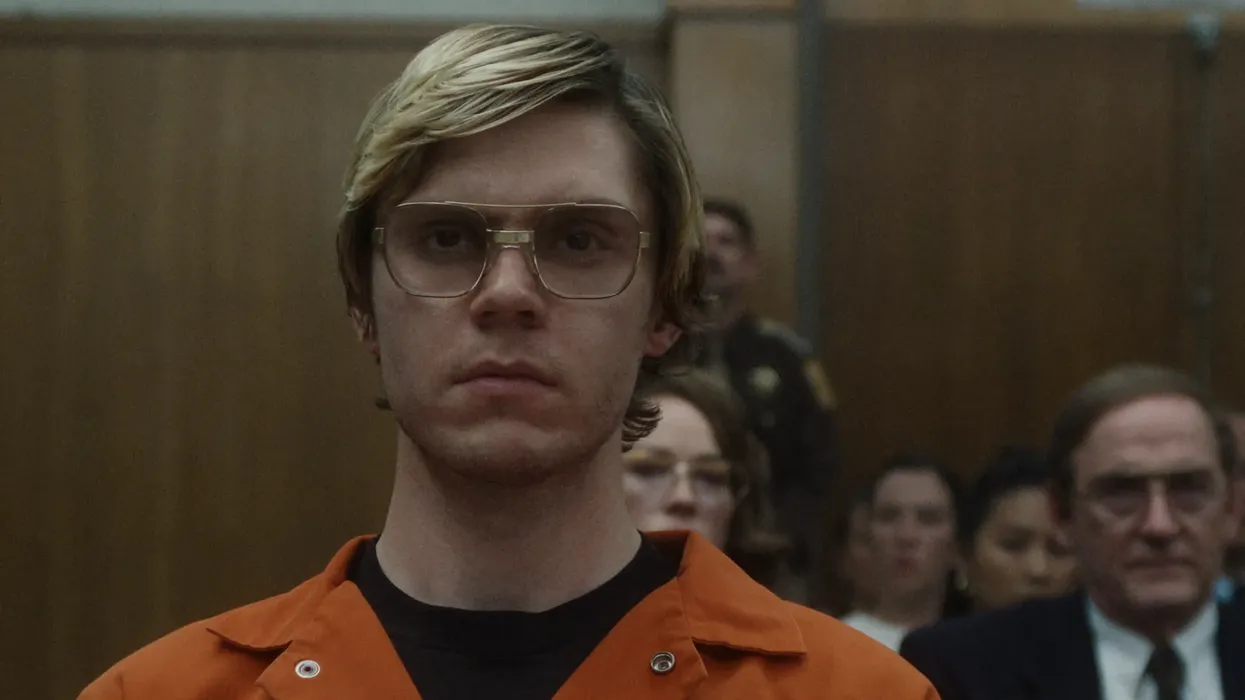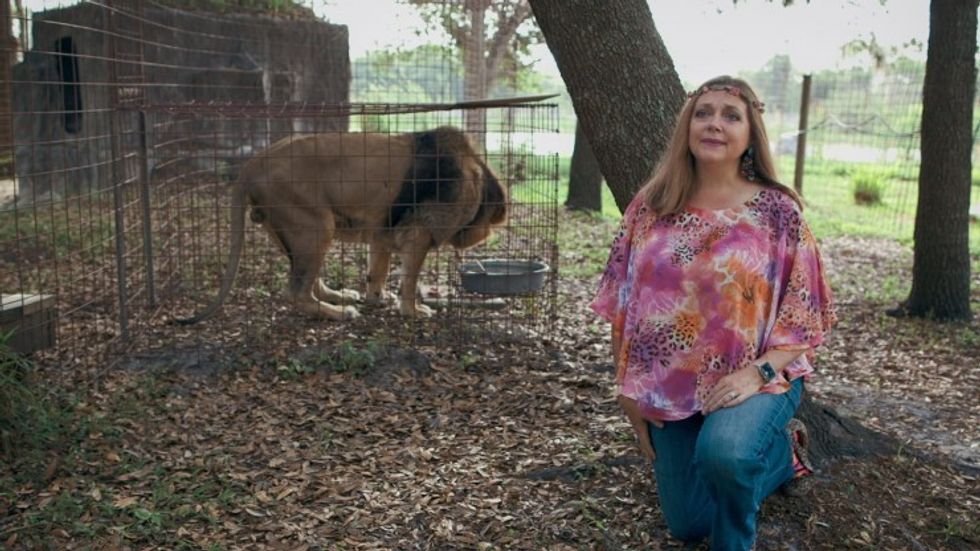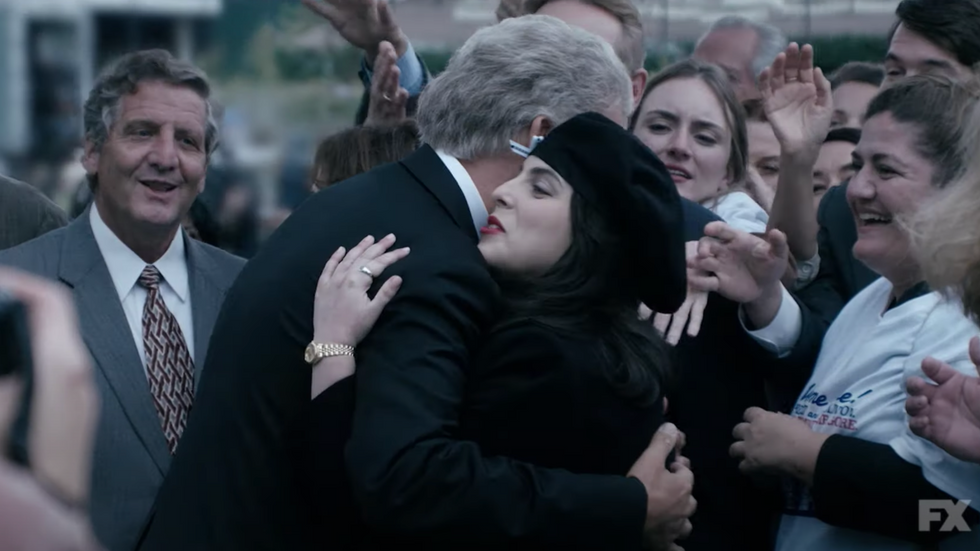Watch: How 'Bonnie and Clyde' Birthed Graphic Violence and Changed American Cinema
50 years after its release, Bonnie and Clyde continues to influence generations of filmmakers. A new video essay from Screenprism takes a look at the reasons.

Bonnie and Clyde was a script that passed around Hollywood for several years—even going through the hands of Francois Truffaut—before ending up with Warren Beatty. Shirley Maclaine's brother and a consummate Hollywood insider, Beatty agreed to take an upfront pay cut in order to get the film made. The result, directed by Arthur Penn and released in 1967, would have reverberations across America cinema forever more.
According to ScreenPrism, here are three things that Bonnie and Clyde changed in American film.
1. The New Hollywood
Hollywood, for much of 1960s, was moribund. It was a shadow of its former self, and yet it stubbornly continued in its old ways, cranking out at least 31 Elvis Presley movies. However, since an anti-trust case of 1948 destroyed the studio's stranglehold on distribution (paving the way for independent cinema), studios had been increasingly on the ropes, throwing new technological gimmicks at the wall and desperately attempting to appeal to the new Baby Boom generation of consumers.
The Hays Code, which had for decades kept a lid on sex and violence onscreen, was on its last legs, finally overthrown by Supreme Court case Freedman v. Maryland and an influx of European art films that fell outside the reigns of the Code.
"If we were going to depict violence, then we would be obliged to really depict it accurately — the kind of terrible, frightening volume that one sees when one genuinely is confronted by violence." Arthur Penn
Arthur Penn "tapped into the anti-establishment zeitgeist," meaning he made a hit. Hollywood was able to sell effectively to this new youth market, earning over 50 million in the U.S. alone, on a budget of 2.5 million. Along with films like The Graduate and Easy Rider, Bonnie and Clyde opened the door to a new cinema. It would lead to the Golden Age of the 1970s, when studios turned over control of production to people like Francis Ford Coppola, Robert Altman, and Martin Scorsese.
2. Violence
Of the film's climactic scene, Penn said, "It was a time where, it seemed to me, that if we were going to depict violence, then we would be obliged to really depict it accurately—the kind of terrible, frightening volume that one sees when one genuinely is confronted by violence."
But not only was the violence in Bonnie and Clyde unthinkable just a few years before from a social point of view, it was also impossible from a technological point of view. Danny Lee, who did the film's special effects, is believed to be "the first effects man to use synthetic blood capsules and exploding electric squibs to simulate bullets entering a body...Lee punched holes in their car and filled them with squibs embedded in putty."
The effect was a grotesque simulation of the 1,000 rounds that were used on the Depression-era duo. Shot in slow motion and edited for maximum effect, the sequence opened a Pandora's box for violence; from then on, the game consisted in escalation. In many ways, you can trace a direct line from Bonnie and Clyde to Grand Theft Auto.
3. The New Bad Guys
1967, the first year that the Vietnam War began to be seen as a mistake by the majority of the population, was a perfect year, culturally, for the movie's revisionist story of glamorous, youthful outlaws who are "dismissed by the elders they meet" and react by "living by their own code," which was an apt analogy for the youth of the 1960s (and how they saw themselves).
Bonnie and Clyde is about fighting the system in a literal sense, with the two playing Robin Hood, defending the working class victims of banks against the mendacious criminals who would foreclose on their properties. All too often, though, there is a kind of fatuousness at play here, with the Pepsodent smiles of Beatty and Dunaway contrasted against the dirt farmers like rock stars at a photo-op.
The two rock star outlaws are also up against the forces of justice. This justice, however, is really just a protection for oppression, so when they react with violence to the raid by Frank Hamer and his cops, it is seen as just, due to of the dishonorable tactics of the authorities. Hamer, a bungling, malevolent keystone cop, is the opposite of the face of justice, and Penn's depiction of the world creates a fantasy tailor-made for the hippie generation: one in which one could not only live fast and die young, but do so for a righteous cause, and have a little fun along the way.
It's difficult to overestimate the effect of Bonnie and Clyde on American cinema, but this video is definitely a good survey of its cultural impact.
Source: Bonnie and Clyde: Sexy, Bloody, and Sticking It To The Man













